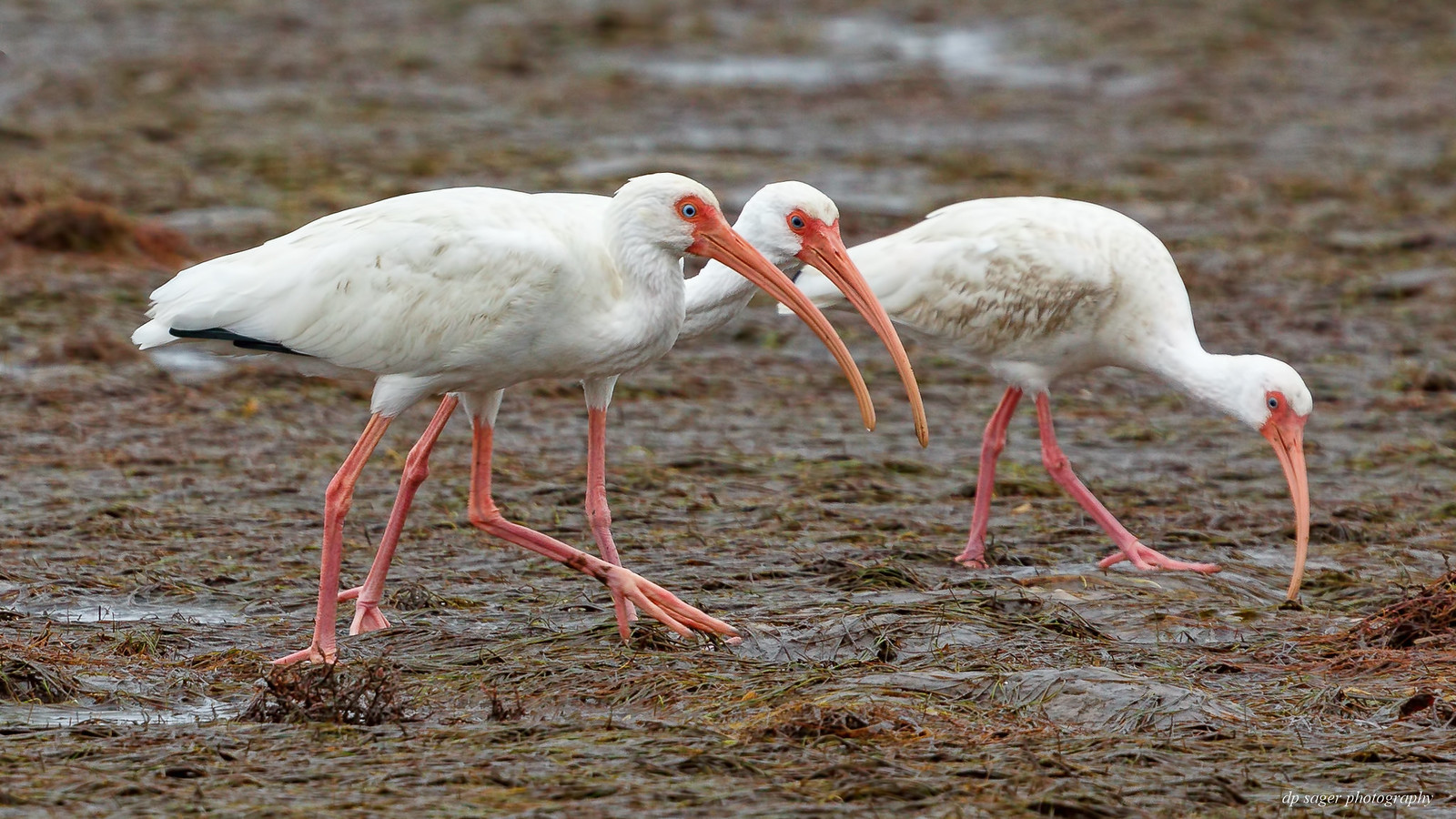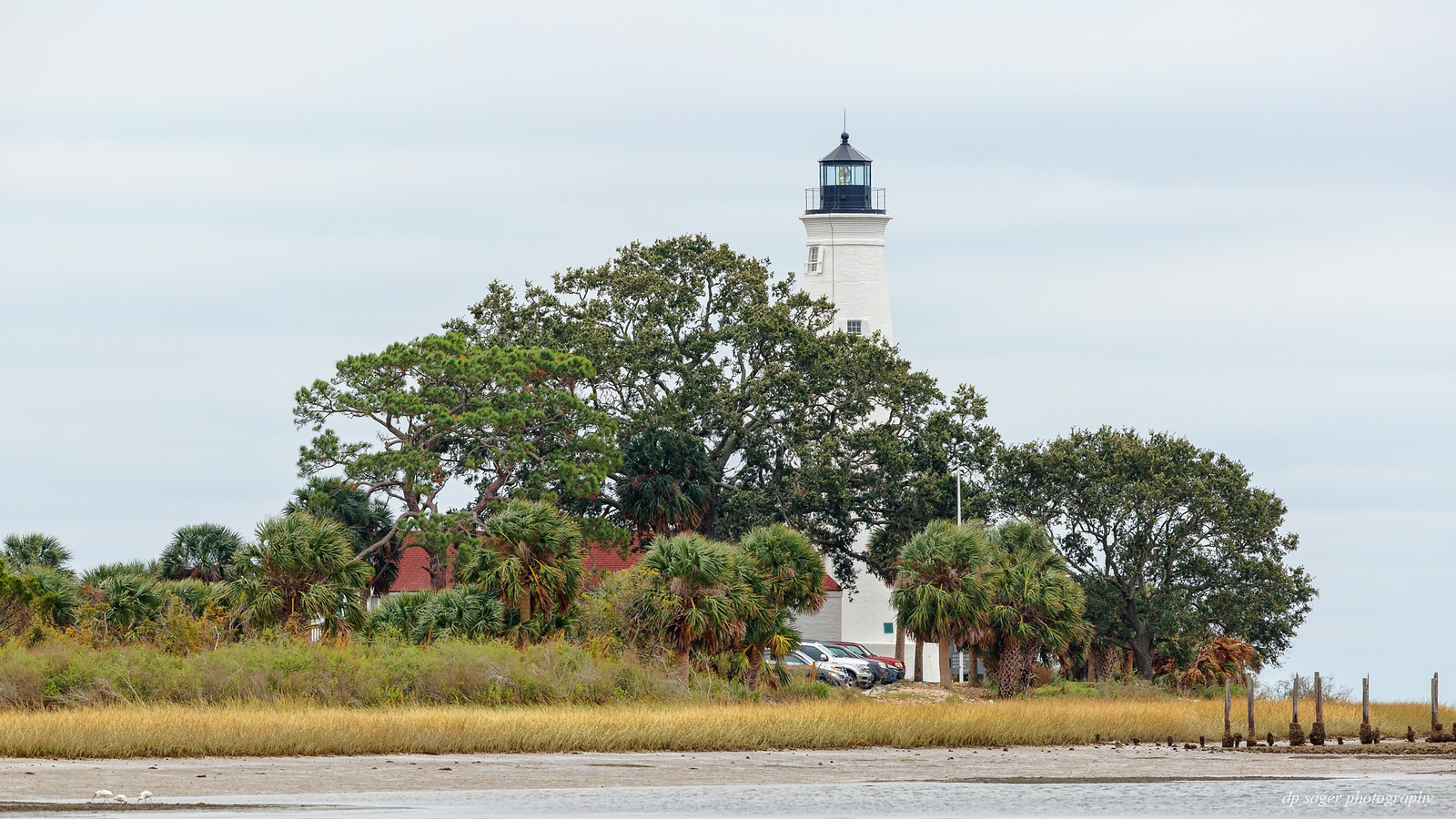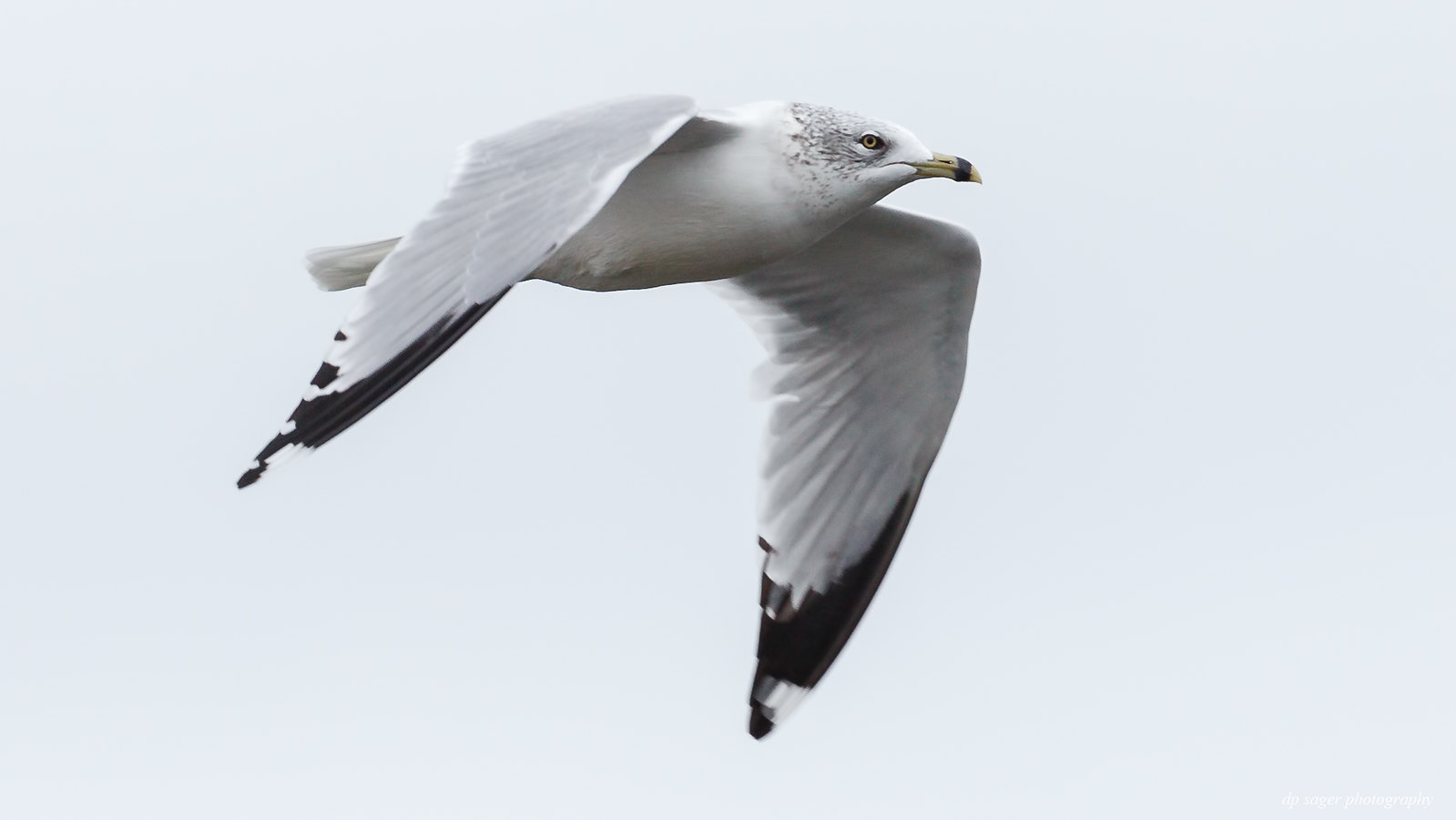Birds at Florida's St. Marks NWR
Dec 11, 2019 17:08:25 #
Dec 11, 2019 17:30:21 #
Dec 11, 2019 19:08:26 #
Dec 11, 2019 20:23:11 #
Dec 11, 2019 22:37:26 #
Blurryeyed wrote:
If the Reddish Egret is the bird I am thinking you... (show quote)
Thank you Geffory! I've been prepping the shorebirds from Ponce Point today. I also spent an afternoon at Black Point Wildlife Drive while in the Daytona area. It's going to take a while to work through about 20-days of shooting. The reddist egret is in the queue now for sharing.

Dec 11, 2019 22:37:29 #
LittleRed wrote:
Excellent pics and text of one of my most favourit... (show quote)
Thank you Ron! I had both Bald Point and Alligator Point on my potential list. I was on the north side of Tallahassee and that somewhat limited how long / far I ended up driving. Thank you for the confirmation of these other ideas for the next time in the area.
Dec 11, 2019 22:37:35 #
SpyderJan wrote:
Paul, I have yet to see a genre that you don't rock. Great set and once again thanks for the detailed descriptions 👍
Thank you Jan! My goal a few years ago was to be competent at the forms of photography I find interesting, which isn't everything. I practice a lot, going out four separate times for birds in flight over the past few weeks. Glad you enjoyed the results.
Dec 11, 2019 22:37:45 #
Thank you Hereford, blacks2, Stash, Susan, Oldnintheway, Vicki, Earnest, Jeff, Katydid, DebAnn, Bryan, williejoha, crafterwantabe! We don't have 'bird in flight' opportunities like this in Chicago. Glad you like the results.
Dec 12, 2019 01:10:55 #
Thank you for including information on the location at which your shots were taken and on each bird along with your outstanding set of images.
Dec 12, 2019 10:40:06 #
CHG_CANON wrote:
St. Marks National Wildlife Refuge is one of the o... (show quote)
Beautiful work, paul.
Dec 14, 2019 11:24:27 #
Dec 14, 2019 18:39:50 #
CHG_CANON wrote:
St. Marks National Wildlife Refuge is one of the o... (show quote)
Wonderful set, Paul; clear, detailed and well framed.
Dec 15, 2019 06:59:33 #
Dec 16, 2019 07:50:41 #
Thank you Rob, rusty nails! I had the luck of low-tide at this location, but not the best light / temps to be out in Florida wind in shorts. The next sunny day, still being edited, to the same location missed the low tide but enjoyed a warmer day.
Dec 16, 2019 15:46:58 #
If you want to reply, then register here. Registration is free and your account is created instantly, so you can post right away.













